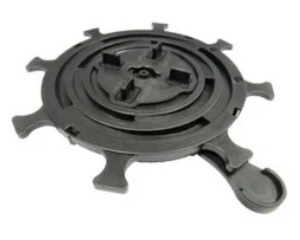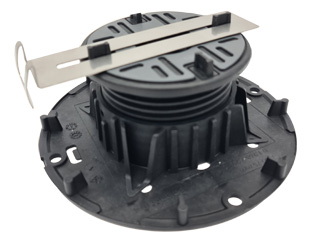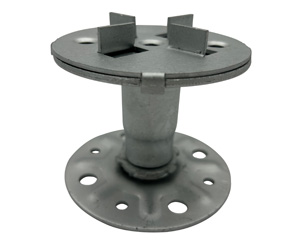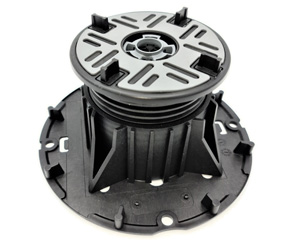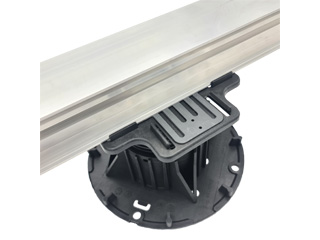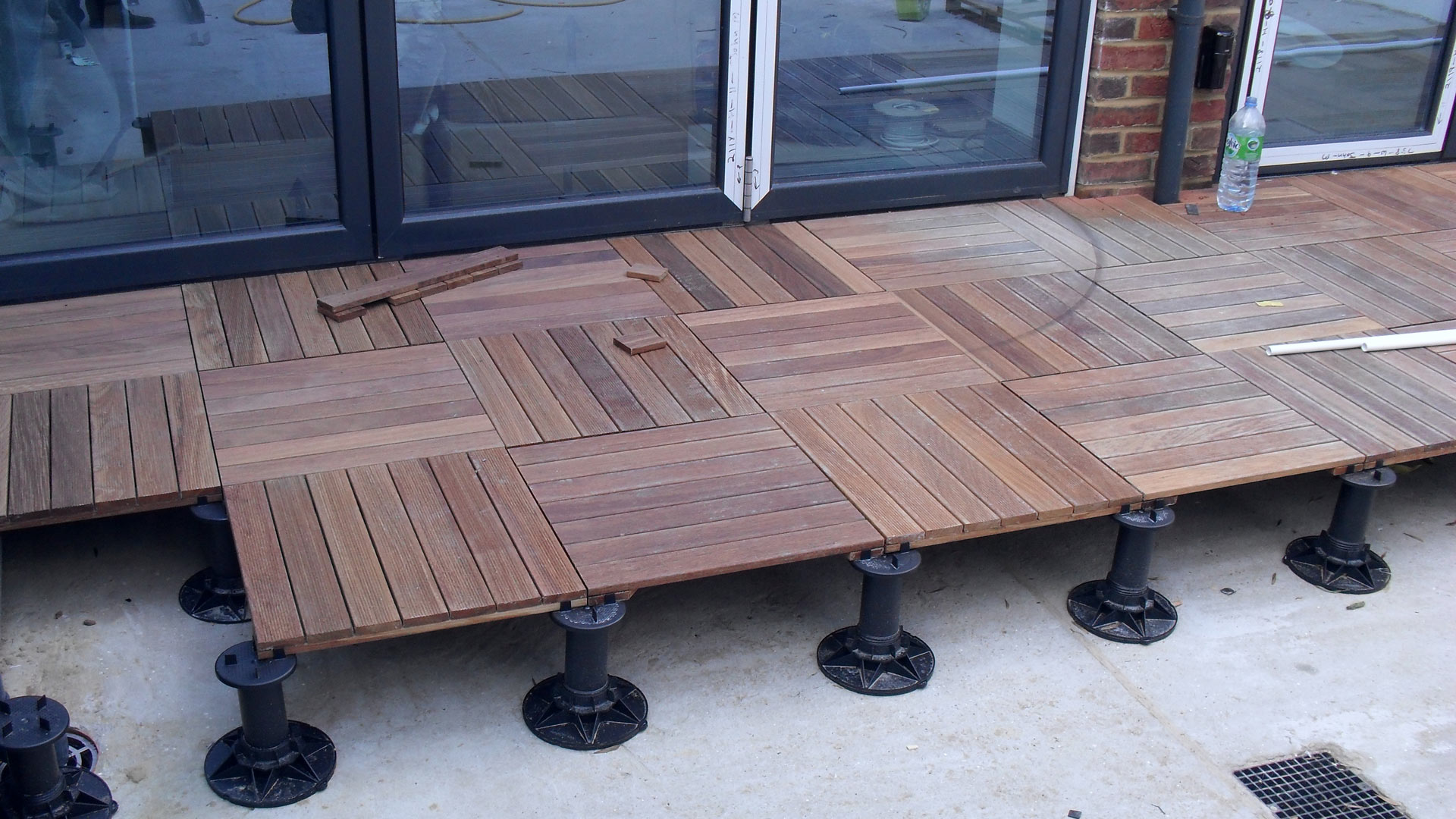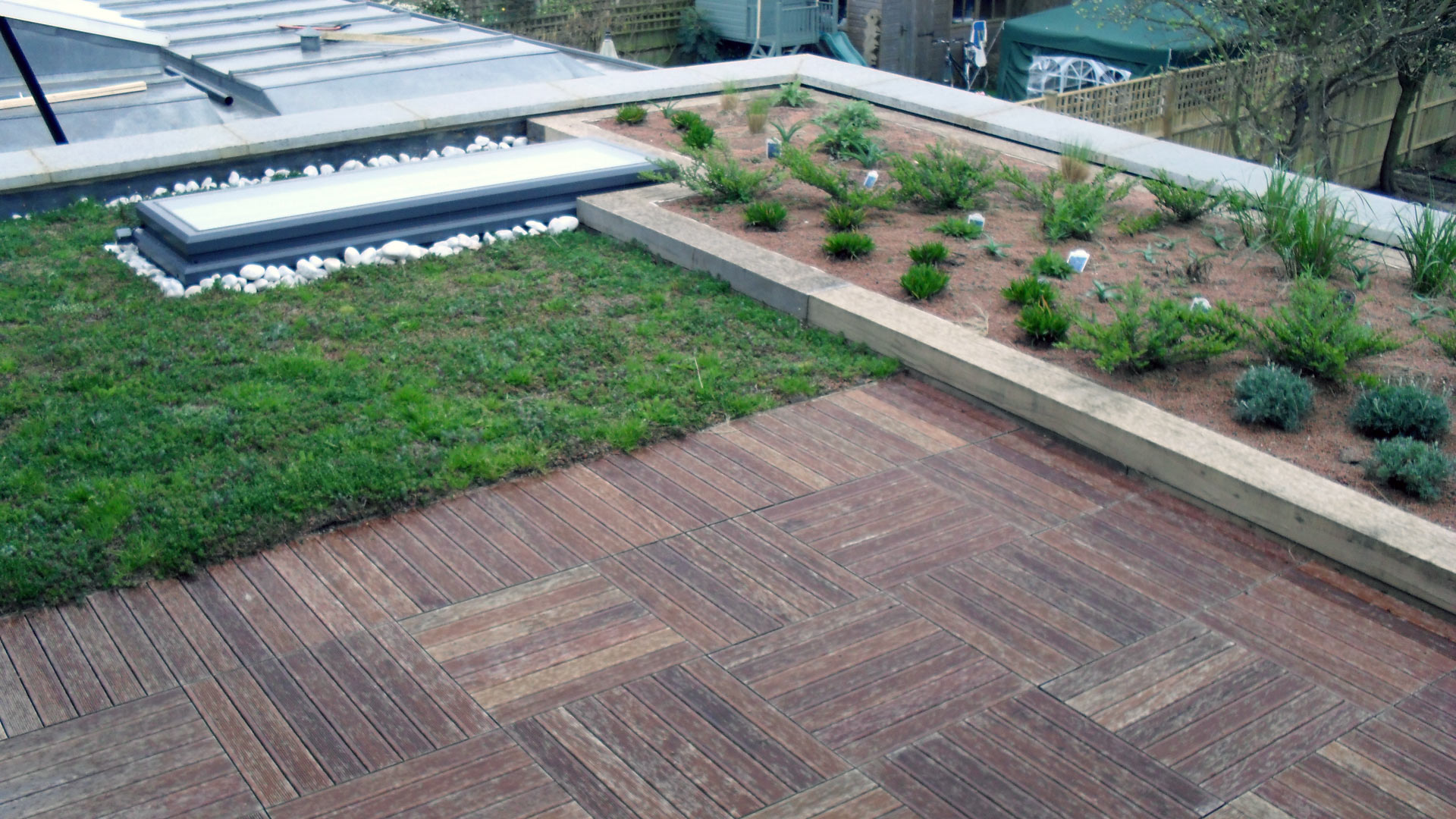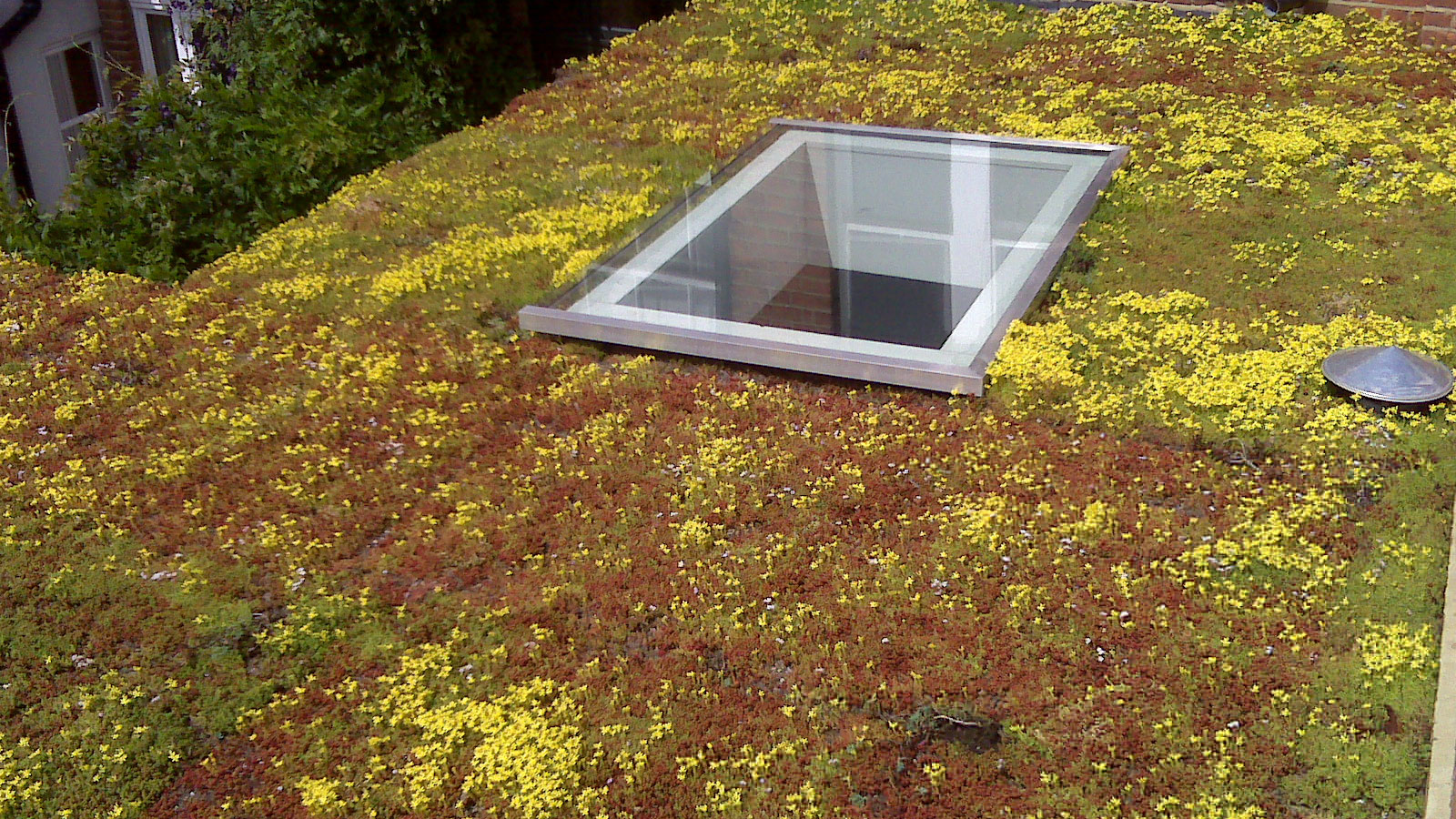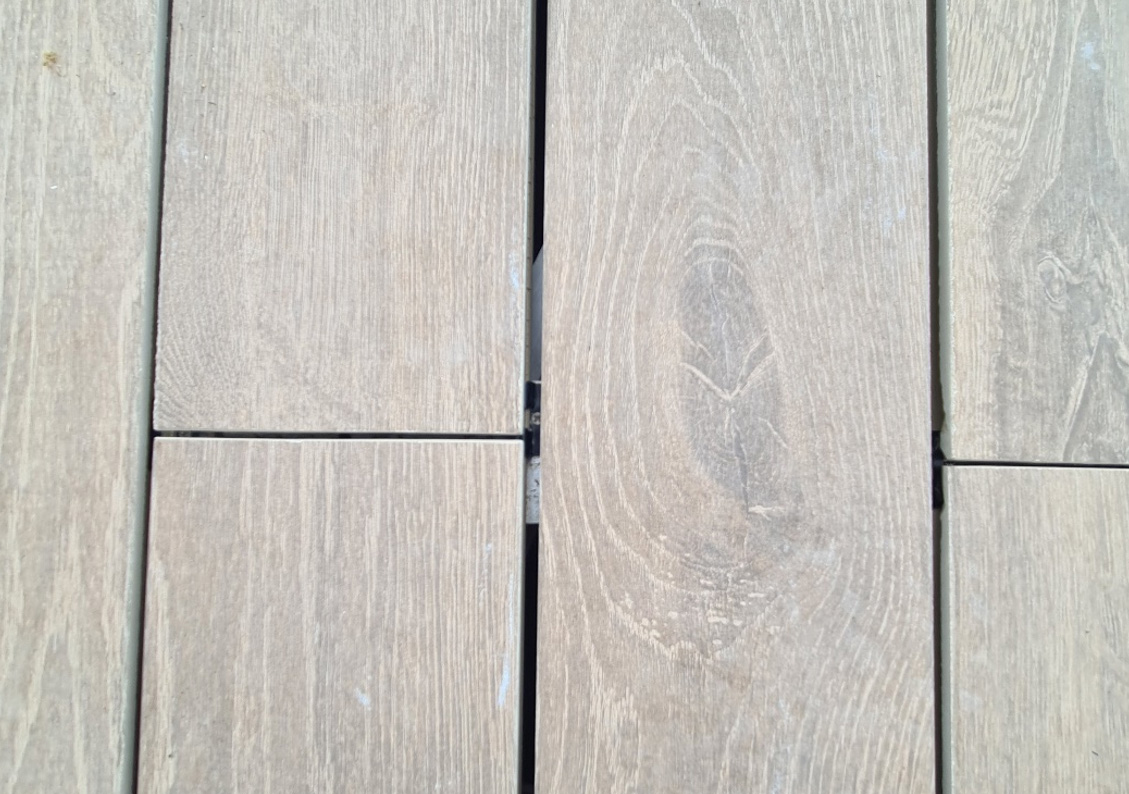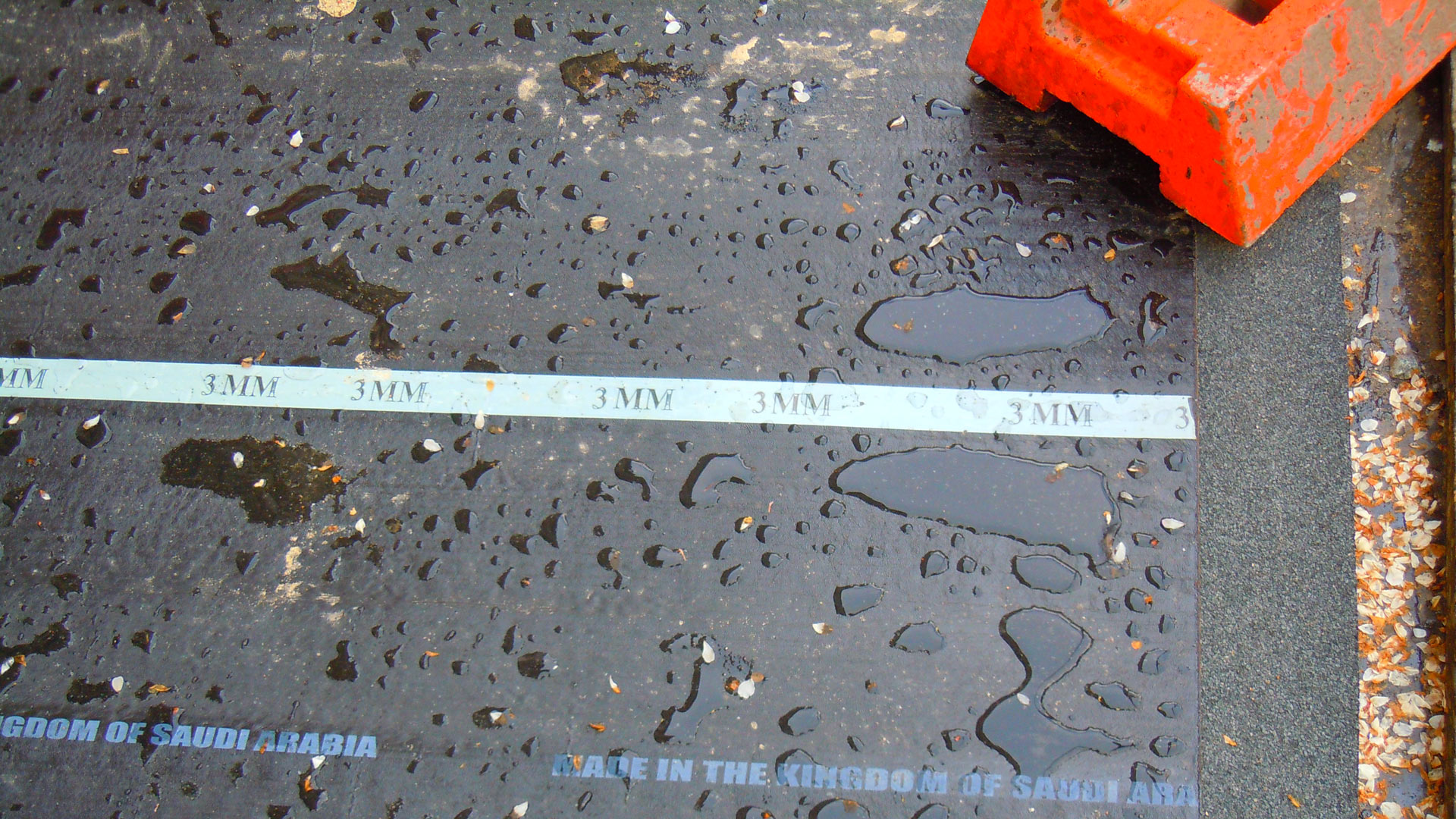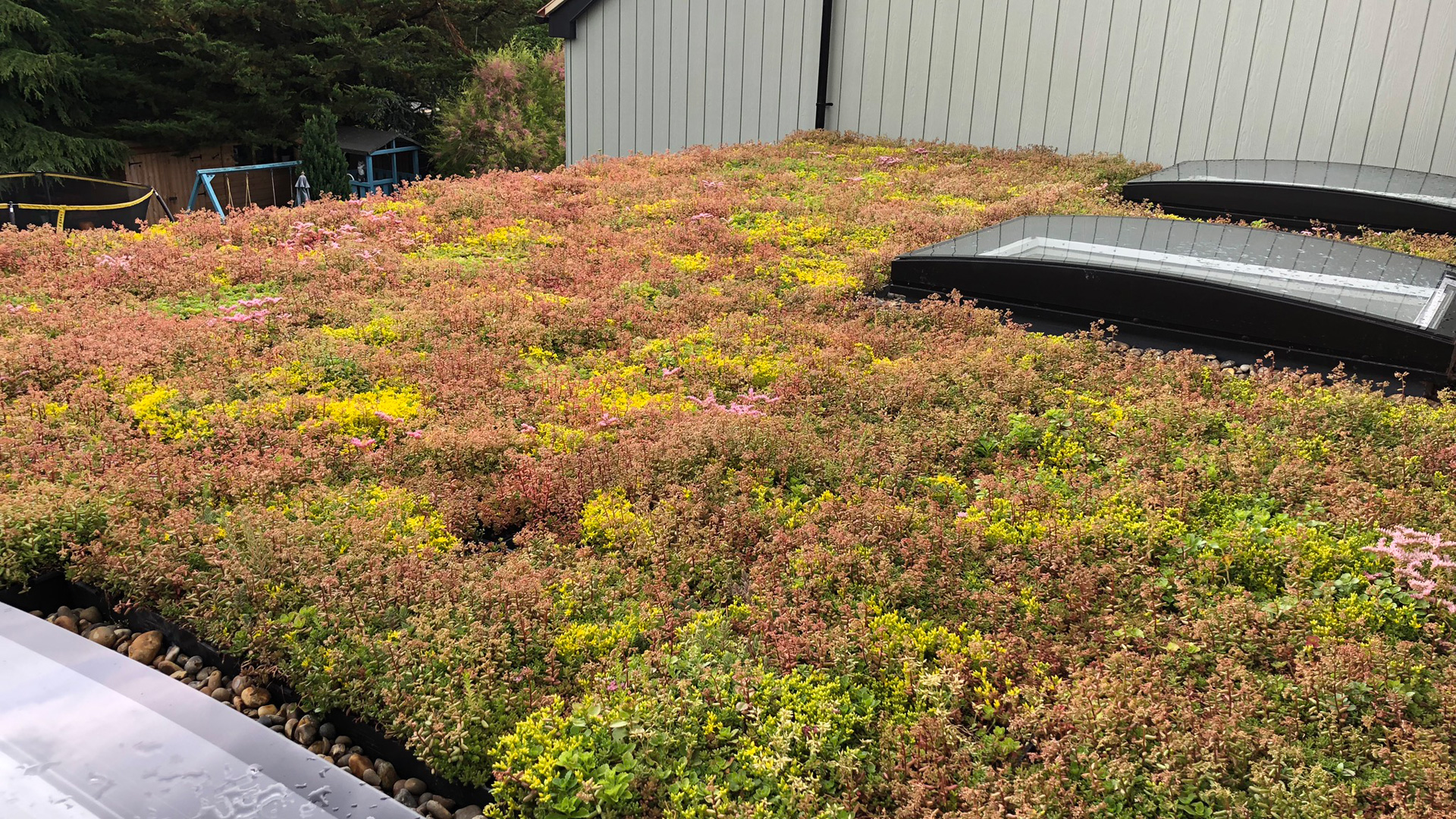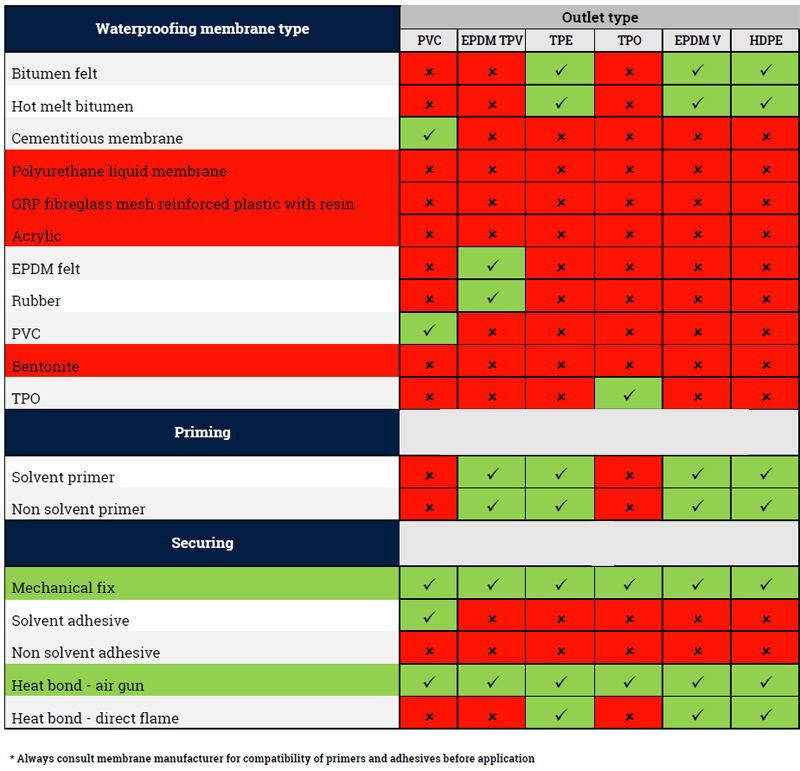Insects flit from flower to flower. Tall grasses sway in the breeze. Paths meander through the greenery, and the dappled shade of potted trees dances in the sunlight. But this is no ordinary garden. This is one among nearly three acres of new blue-green roofs — with meadows, vegetable gardens and wilderness — spread out atop buildings in Amsterdam. They are designed to increase biodiversity, cool the neighborhood and prevent flooding in the streets below.
From 2018 to 2022, the city — which has tested the concept for a decade at small scales — installed “smart” blue-green roofs in four flood-prone neighborhoods. Assessment of the project so far shows the model is effective at mitigating damaging storm runoff and combating the urban heat island effect.
Like many cities, Amsterdam is facing periods of heat and drought in the summer, coupled with extreme storms and flooding in the winter. In Europe, temperatures are warming faster than on any other continent in the world — at more than twice the global average rate. Meanwhile, Northern Europe’s winter weather is trending to more extreme precipitation and flooding.
Over a quarter of properties in Amsterdam are at risk of being severely affected by flooding over the next 30 years.
The Netherlands has long been looked to as inspiration for innovative flood management amid climate change. Many of the country’s solutions are large-scale infrastructure projects, but according to Kaspar Spaan, policy developer for Dutch water company Waternet, more pinpointed efforts like blue-green roofs are also critical for Amsterdam’s adaptation.
“The classic response was to go bigger — with higher dykes, floodgate barriers,” says Spaan. “Now, we understand the need for micro-water-management.”
Going small
Simple roof water collection systems — or blue roofs — are designed to store rainwater and to mitigate runoff impacts. When combined with green roofs, you have the added benefits of lowering urban air temperatures during heatwaves and boosting biodiversity. For the recent Amsterdam project, dubbed Resilio, the Dutch added a “smart” factor, connecting multiple blue-green roofs via a digital network.
“Now, we have the capability to control the water level on each roof system separately,” says Spaan. “We can [respond to] seasonal fluctuations and drain the system in winter or collect more water in spring and summer, creating a buffer for future droughts.”
Each roof has a smart valve which, explains Tim Busker, is part of an “ingenious” computer system called the Decision Support System (DSS). Busker, a researcher at the Vrije Universiteit Amsterdam’s Institute for Environmental Studies, explains that a closed valve maintains storage of rainwater on the roof to nourish the plants. The valves, he explains, are connected to real-time weather forecasts and open when precipitation is expected. The system then slowly releases water into the city sewers. This prevents the city drainage system overflowing and avoids the kind of infrastructure damage that comes with flooding. And that leaves the blue-green roofs’ holding layer empty and ready to accept the next downpour.
For the full story, please visit – https://reasonstobecheerful.world/amsterdam-blue-green-roofs-smart-flooding/
